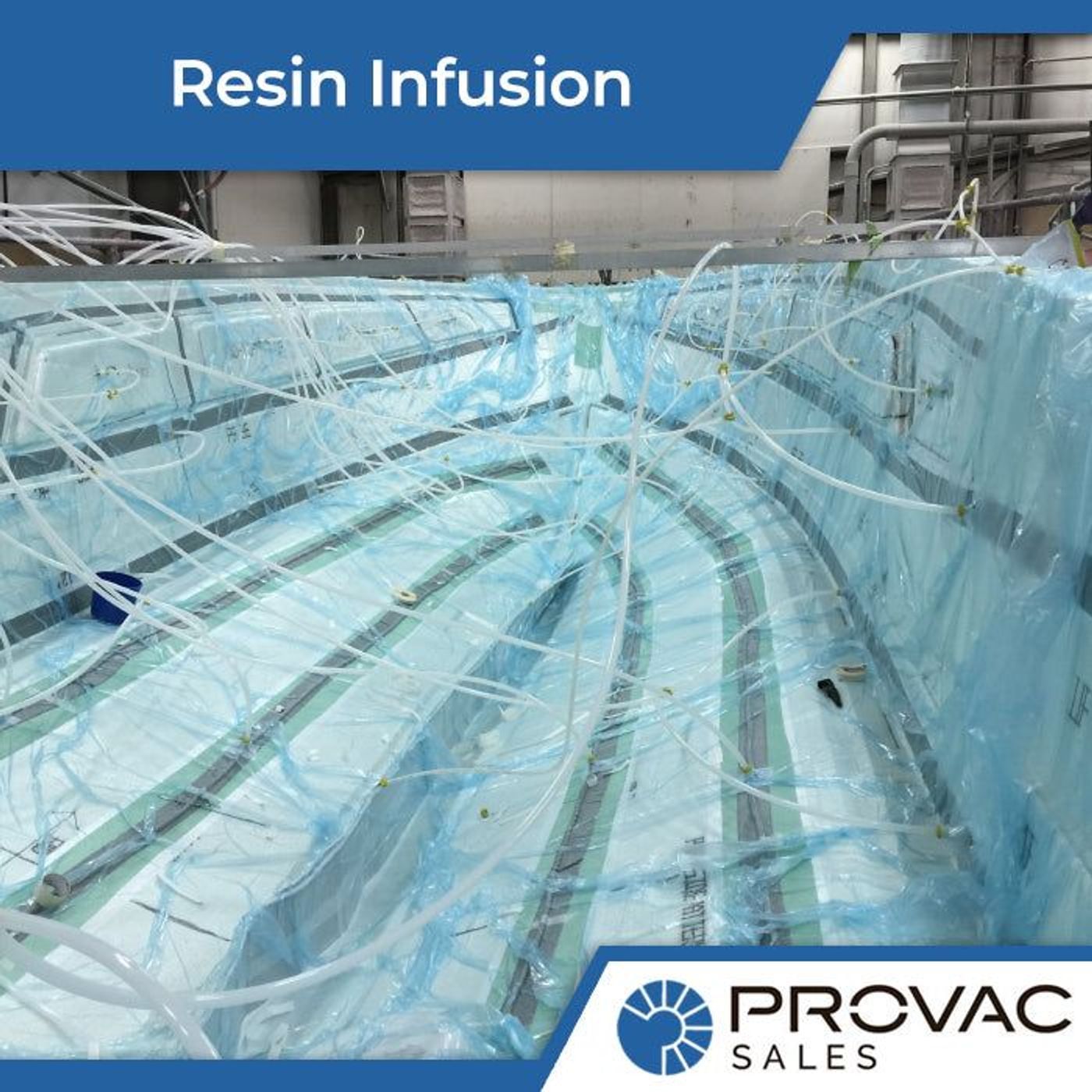Ideally, you don’t require a high-functioning vacuum pump for performing resin infusion. According to experts, it is essential to make sure that the size of the molding matches the displacement of the pump. More than the pump, the resin you are using for infusion should hold its position so that the vacuum takeoff can support the resin’s entire composite during the process.
Essential features
Many people prefer to buy the resin trap while purchasing the vacuum. This allows them to verify the compatibility of the pump in accordance with the resin. If both of them are appropriately connected, you shouldn’t have a problem operating the unit.
An oil-sealed, single-stage rotary vane vacuum pump is ideal for resin infusion. Although it requires occasional cleaning and maintenance and regular oil changes, it is still the pump that meets all the requirements for resin infusion applications. They are available under various brand names. So, you should specify the seller about this make and model while buying.
One of the reasons why this pump is ideal is it usually avoids composites in high quantities. Unlike high-pressure vacuum pumps that need more composite to operate, this variant uses rotary vane technology to substitute that requirement. It almost has a similar mechanism that air conditioners or refrigerators have. Some more features of this pump are:
- It is mastic free allowing users to quickly tighten the vacuum connections. Moreover, the diameter of the viewport comes with an LED light that helps you check the resin levels during the infusion process. It is essential to keep monitoring the resin level so that the pump doesn’t lose pressure at any second.
- A big factor that gives this pump an edge over the others is its detachable resin trap lid. When you don’t need the pump for resin infusion it is always wise to empty the disposal catchpot. The trap lid will help you dispose of the contents without any hassle. Most importantly, you need minimal cleaning to keep the pump safe for years.
- If you are purchasing a vacuum pump for resin infusion for the first time, it is best to invest in a model that has a standard pumping speed. Depending on your requirements, you can pick from the different varieties that offer various speed levels, but the average speed range that you can expect is from 17m3/hr to 600m3/hr.
- Pressure is another factor that you need to keep in mind, and this pump provides the appropriate amount that can keep the infusion going for a specific period. The ultimate pressure should ideally be between - 0.4torr and 0.04torr. Since this pump has a unique technology of running atmospheric pressure into ultimate pressure, it makes the resin infusion process easier. With high water vapor tolerance, the single-stage rotary vane vacuum pump eases the pressure allowing the unit to focus on infusion rather than controlling the other parts that coordinate together.
- This pump has a rugged manifold block mounted on a vacuum gauge. The control valves are attached to the ends because the demountable joints come with O-ring seals. This makes the pump leak-tight and easier to use. As the name suggests, it can work wherever there is a single-phase power. So, you don’t have to worry about arranging for additional power phases to make the pump work.
- The backend of the pump has integrated exhaustive filters that control the vibration and noise levels efficiently. Considering the sound that vacuum pumps make when they are on, this one can reduce that noise to a great extent. However, it is not 100% soundproof.
Connecting the pump
As already mentioned, the connection of the vacuum pump is crucial for resin infusion. Many people, due to their lack of experience, connect the resin trap to the vacuum pump incorrectly which leads to vacuum leakage. Since both the units are quite heavy, it is important that you spend enough time bringing the ends close to each other. They are rigid enough and will try to stay apart. It is almost like bringing two similar poles of a magnet together.
Both the ends need to be flexible so that if you move one component, the other one moves in tandem. Sometimes people use rigid pipework as a handle. Yes, it is a tempting option, especially when you are finding it hard to make both ends meet. But, don’t fall for that trap. Using the pipework will only result in trapping the line and it is most likely to develop a leak soon. Ideally, the line to the trap that runs from the pump should be flexible. Make sure you test this part before purchasing the pump.
Why vacuum pumps are necessary for resin infusion?
The resin infusion process involves stages where the pump has to simplify and improve its bagging procedure to make things work. This is possible only in vacuum pumps. There are many more reasons why these pumps are the best for resin infusion:
- They avoid air leakage from entering into the laminate. This is crucial because the leakage can reduce the pressure of the infusion significantly.
- Resin infusion involves achieving maximum vapor and air removal into the bag or mold just before the infusion takes place. Vacuum pumps are ideal for this kind of setting because of their wide speed and pressure range.
- Water and solvent vapors can cause porosity making the infusion impure. Vacuum pumps tend to bypass this problem efficiently allowing the infusion to take place without any interruption. It is also responsible for maintaining a controlled vacuum level so that the resin gains acceptable strength. This is crucial for the infusion to take place successfully.
Vacuum pumps come with a variety of features and functions, but if you only require it for resin infusion, you should opt for the single-stage rotary vane variant. It is specifically designed to handle resin infusions. The compact structure makes it suitable to use even in small spaces.





